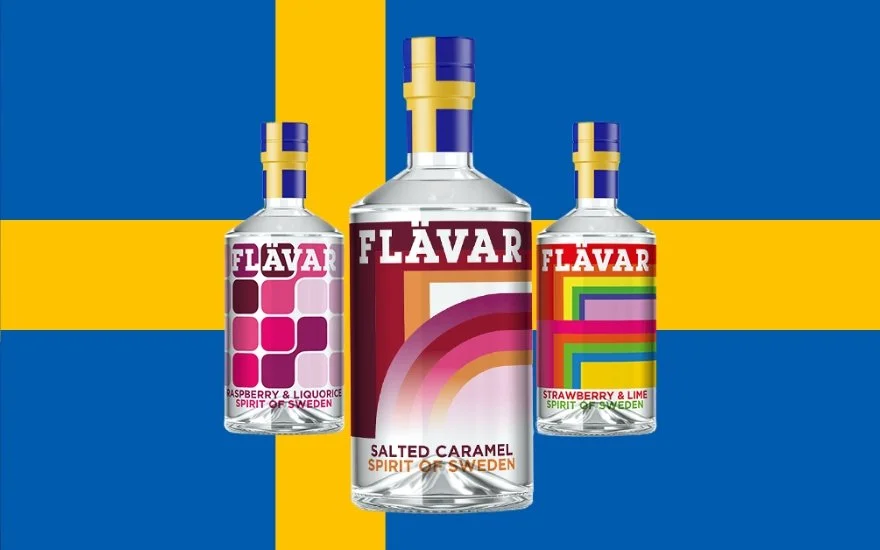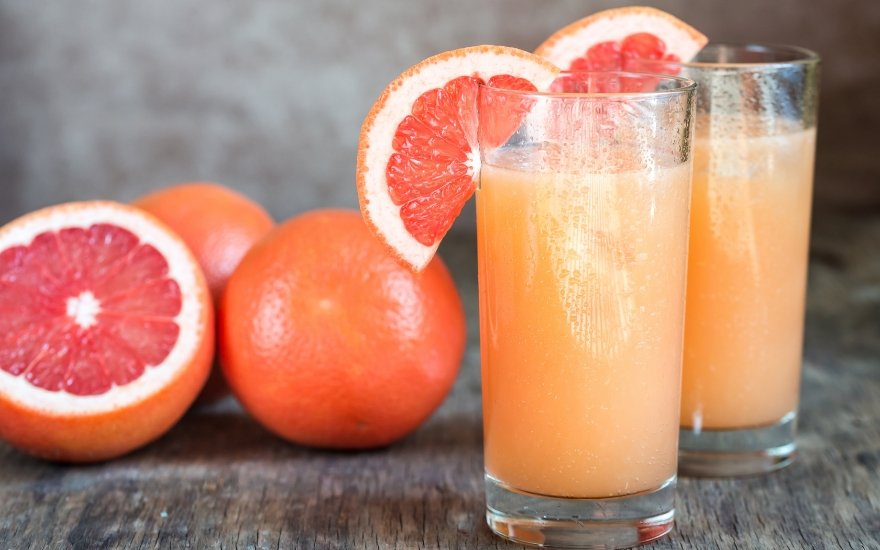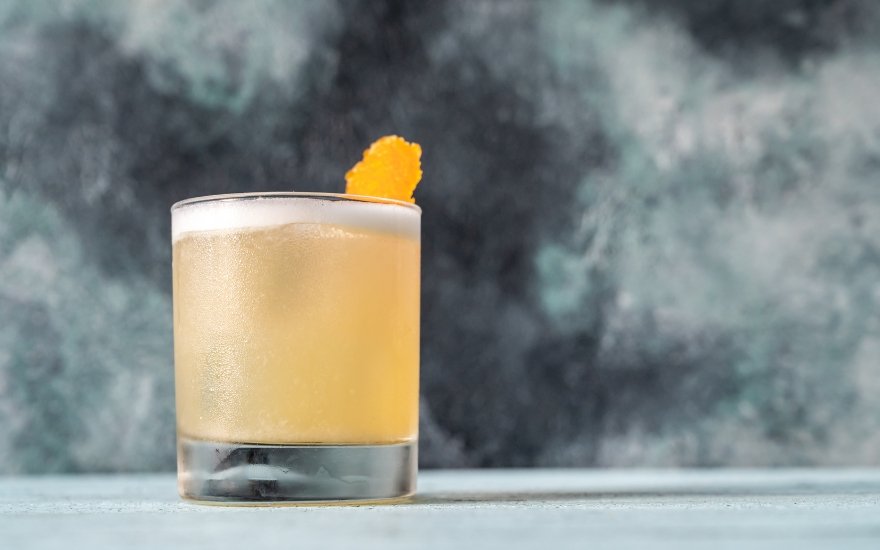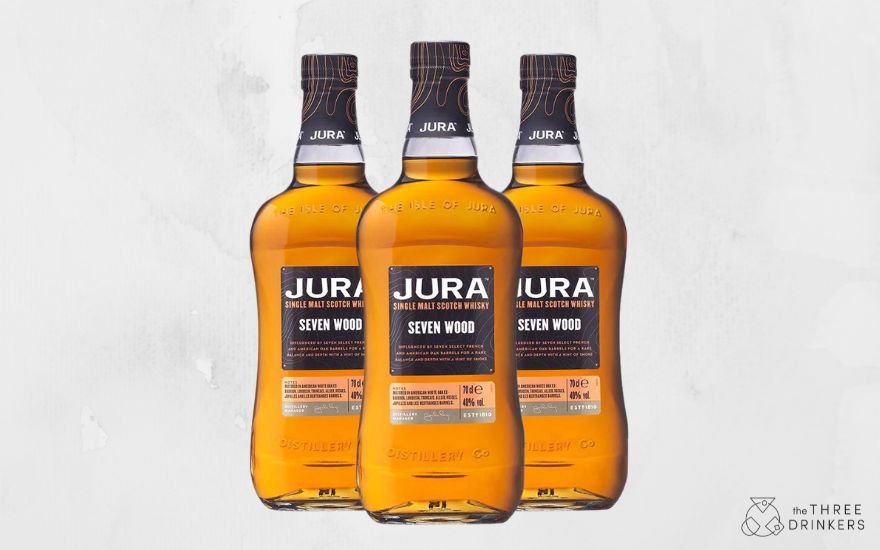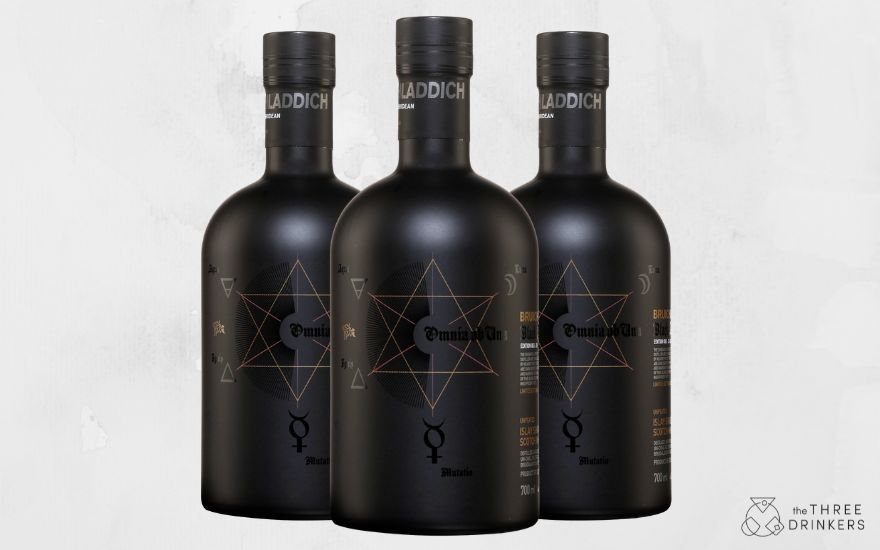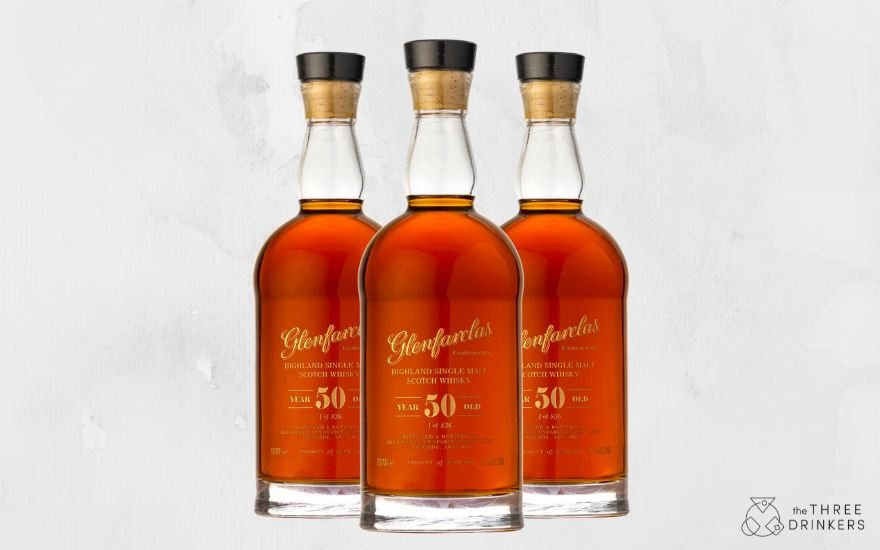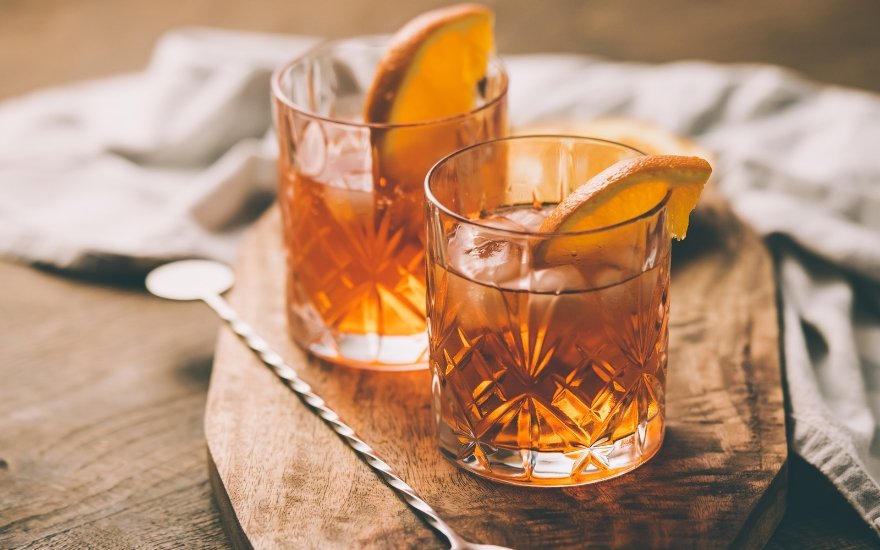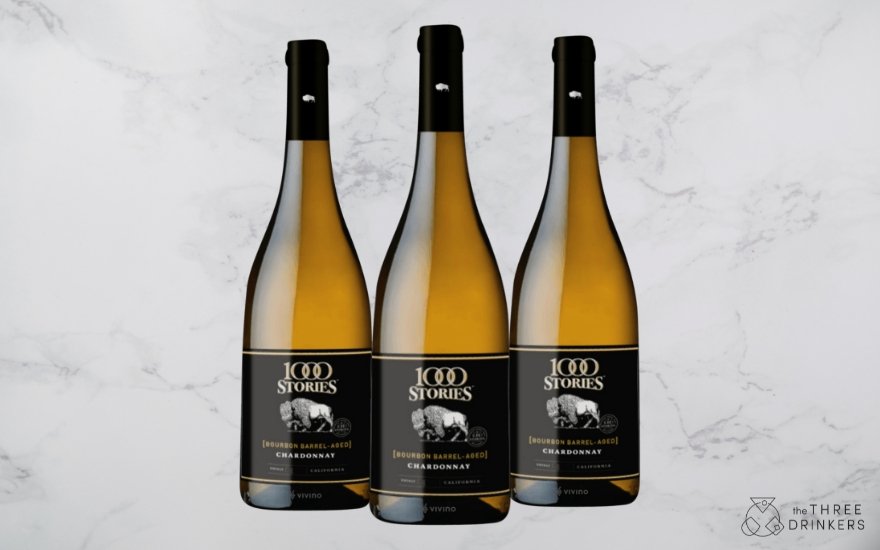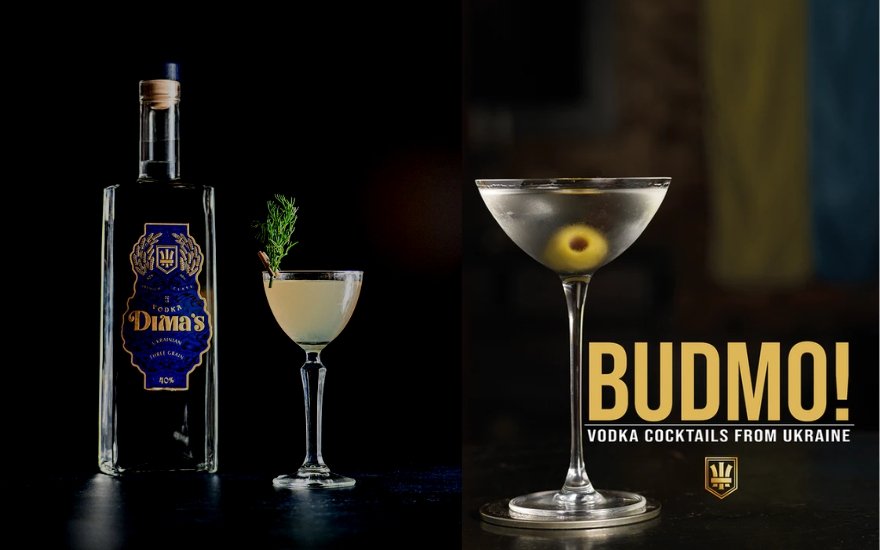Have you ever asked yourself ‘what is the world’s most popular spirit?’ Is it Vodka? Whisky? Rum, even?
The answer is that it’s none of them. The world’s most popular spirit is in fact, Chinese Baijiu. With Chinese New Year upon us, here’s your comprehensive introduction to this mega spirit with 6000 years of history and 10 billion dollars worth of sales a year.
What type of alcohol is Baijiu?
Baijiu, sometimes known as Shaojiu, is a colourless grain spirit that’s massively popular in China. Most commonly, fermenting cooked Sorghum (a flowering grass plant) is chosen, but millet, barley and rice are also used and it varies a lot across the country.
‘Jiuqu’ is added too, with ‘Jiu’ referencing alcohol, and ‘qu’ is koji, which is a fungus that is also used in the production of sake and soy sauce. Just like most drinks, the choices made at this stage create distinct flavour characteristics, which brings us to the question…
What does Baijiu taste like?
Baijiu can be an acquired taste at first, particularly to a novice drinker. In its sense of texture and flavour complexity, it could be compared to whisky. As you’ll see below, styles vary, but overall, you might expect musky flavours with sweetness and over-ripe fruits. There can also be coffee and soy sauce flavouring though, so it’s difficult to pin down!
Most of the time, the white spirit falls into that 40-60% ABV range, though it’s traditionally enjoyed neat with food – particularly if it’s a premium bottle. Of course, tradition is tradition but in day-to-day life, it’s often mixed.
Baijiu can be roughly split into four styles, each using different ingredients, ageing vessels, and ageing duration. So…
What are the different styles of Baijiu and how do they taste?
Light Aroma: Light, elegant and subtly floral. Traditionally made in a stone vessel with sorghum. Hails from the north, around Beijing.
Strong Aroma: Fruity, tropical, aniseed, complex. Multiple grains but aged in mud pits. Hails largely from Sichuan province in the southwest.
Sauce Aroma: Umami, soy, bean. Mostly sorghum but with multiple fermentations in stone brick pits.
Rice Aroma: Sweeter and mellow. Hailing from the south and often the lowest grade.
Baijiu is a massive industry, so of course there are sub groups innovating with different aromas all the time. ‘Chi’ aroma can be infused with pork fat for example, as well as sesame aroma and medicine aroma. The good news if you like baijiu is that there’s so much to explore.
This variety is part of the reason Baijiu is so popular in China. It dates back thousands of years, there’s almost certainly a specific type that appeals to you, it’s claimed to have certain health benefits and it plays an important role in Chinese culture. Like Vodka in Eastern Europe and Rum in the Caribbean, spirits can become much more than just a drink.
How do you drink Baijiu?
A lot of people wonder if you should drink Baijiu cold and unlike many spirits in other parts of the world, ice isn’t always a go-to. It’s often served, as mentioned, neat and at room temperature or even slightly warm in very small glasses.
Usually, there’s food present or an occasion to celebrate. It’s a social drink and is often shotted, rather than sipped. But, with so much variation, you’ll find people drinking it in all kinds of different ways, so do whatever you like!
3 Baijius to Try
Ming River Sichaun Baijiu

